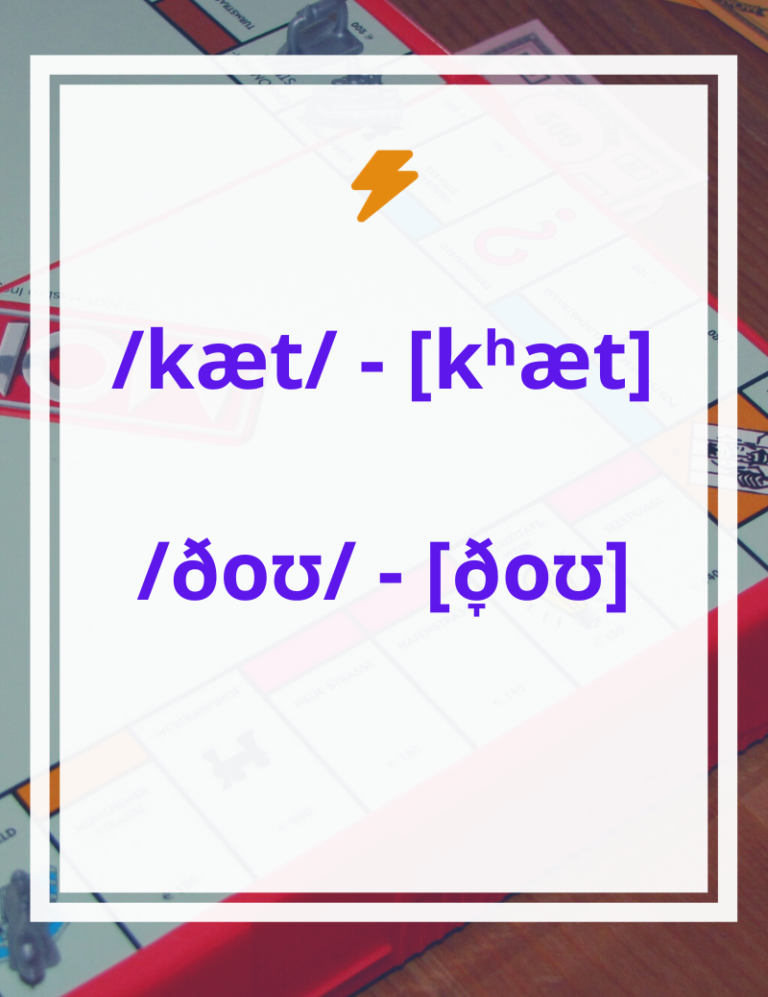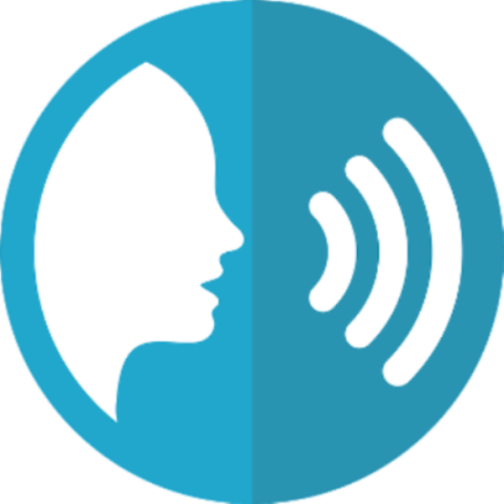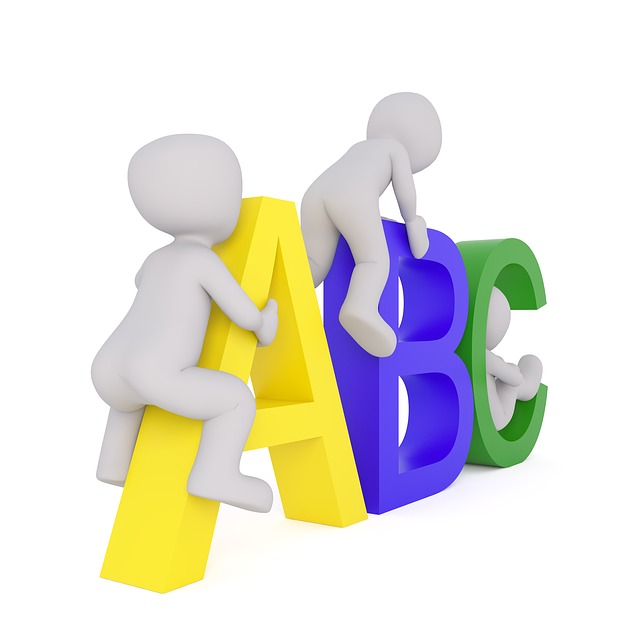Phonetic transcription is a way of writing down how words are pronounced in different languages or dialects. It uses a set of symbols, usually from the International Phonetic Alphabet (IPA), to represent the sounds of speech. Phonetic transcription can help us learn new languages, study accents and dialects, and document changes in pronunciation over time.
But how much detail should we include in our phonetic transcription? Should we write down every subtle variation in sound, or just the most noticeable features? This is where the distinction between broad and narrow transcription comes in.
BROAD TRANSCRIPTION
Broad transcription is a type of phonetic transcription that indicates only the most noticeable phonetic features of an utterance. It does not encode the fine details of the sounds, such as aspiration, nasalization, or vowel length. Broad transcription is usually enough to identify the words and their meanings in a given language. For example, the word “cat” in English can be broadly transcribed as /kæt/ using the IPA symbols.
Broad transcription is also called phonemic transcription because it represents the sounds of a language in terms of its phonemes. Phonemes are the smallest units of sound that can distinguish words or meanings in a language. For example, the words “cat” and “bat” differ only in the first sound, which is either /k/ or /b/ in English. These sounds are phonemes because they can change the meaning of a word. Phonemic transcription uses slashes / / to indicate that the symbols inside them are phonemes, not actual sounds. Phonemic transcription is useful for showing the contrastive and predictable aspects of speech sounds in a language.
Broad transcription can also show how a language organizes its sounds into patterns and systems. For example, English has a system of vowel reduction, which means that unstressed vowels tend to be pronounced as a schwa /ə/ or a syllabic consonant. This can be seen in words like “about” /əˈbaʊt/ or “button” /ˈbʌtn̩/. Broad transcription can capture these patterns and show how they affect the pronunciation of words and sentences.
NARROW TRANSCRIPTION
Narrow transcription is a type of phonetic transcription that encodes more information about the phonetic details of the sounds in an utterance. It uses diacritics or additional symbols to mark the variations in sound quality, such as aspiration, nasalization, or vowel length. Narrow transcription can capture the differences in pronunciation between dialects or individuals, or the changes in pronunciation over time. For example, the word “cat” in English can be narrowly transcribed as [kʰæ̃t̚] using the IPA symbols and diacritics.
Narrow transcription can also show how a speaker actually produces and perceives the sounds of speech. For example, English has a phenomenon called coarticulation, which means that adjacent sounds influence each other’s articulation. This can be seen in words like “top” [tʰɒp], where the vowel is slightly rounded because of the influence of the following /p/. Narrow transcription can capture these effects and show how they modify the quality of sounds.
Narrow transcription can also show how a speaker varies their pronunciation depending on the context or situation. For example, English has a phenomenon called connected speech, which means that words are pronounced differently when they are spoken together in a phrase or sentence. This can be seen in phrases like “did you” [dɪdʒu], where the /d/ and /j/ are merged into one sound. Narrow transcription can capture these variations and show how they affect the intelligibility and naturalness of speech.
MORE EXAMPLES OF BROAD AND NARROW TRANSCRIPTION
– The word “sing” can be broadly transcribed as /sɪŋ/ using the IPA symbols. This transcription indicates the basic sounds of the word, but does not show the details of how they are pronounced. A narrow transcription could be [sɪ̃ŋ], which shows that the vowel is nasalized because of the following nasal consonant, or [sɪŋ̊], which shows that the final consonant is partially devoiced because of the preceding voiceless consonant.
– The word “water” can be broadly transcribed as /wɔtər/ using the IPA symbols. This transcription indicates the main features of the word, but does not show the variations in pronunciation that may occur in different dialects or contexts. A narrow transcription could be [wɔɾɚ], which shows that the /t/ sound is pronounced as a flap or a tap in American English, and that the final /r/ sound is pronounced as a rhotic vowel. Another narrow transcription could be [wɒʔə], which shows that the /t/ sound is pronounced as a glottal stop in some varieties of British English, and that the final /r/ sound is not pronounced at all.
– The word “house” can be broadly transcribed as /haʊs/ using the IPA symbols. This transcription indicates the general shape of the word, but does not show the fine details of how it is articulated. A narrow transcription could be [hæʊs], which shows that the vowel is slightly lower and more front than the standard IPA symbol. Another narrow transcription could be [haʊs̬], which shows that the final consonant is partially voiced because of the preceding voiced vowel.
CONCLUSION
Broad and narrow transcription are not absolute categories, but rather relative terms that depend on the purpose and scope of the transcription. Sometimes, a broad transcription may include some details that are relevant for a particular language or dialect, while a narrow transcription may omit some details that are not relevant for a particular analysis or comparison. The choice of broad or narrow transcription depends on the research question and the level of detail that is needed to answer it.
Phonetic transcription is a useful tool for linguists and language learners alike. It can help us describe, analyze, and compare the sounds of speech in different languages and dialects. By using broad and narrow transcription, we can adjust the level of detail that we include in our phonetic representation according to our needs and goals.
Written by Jose Vallejo


